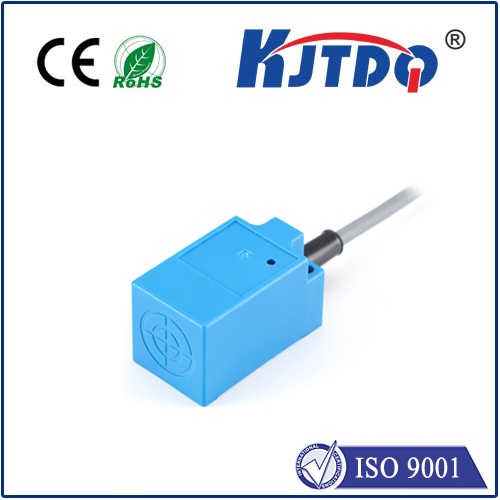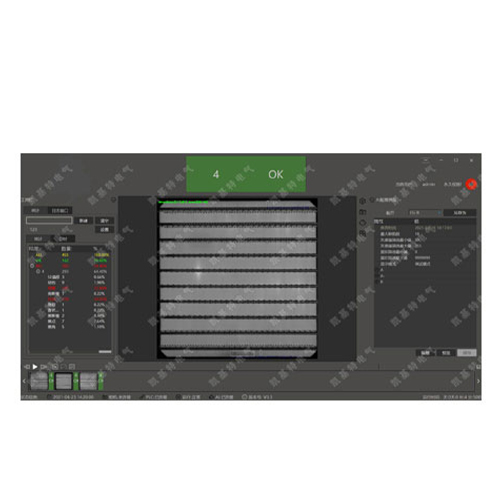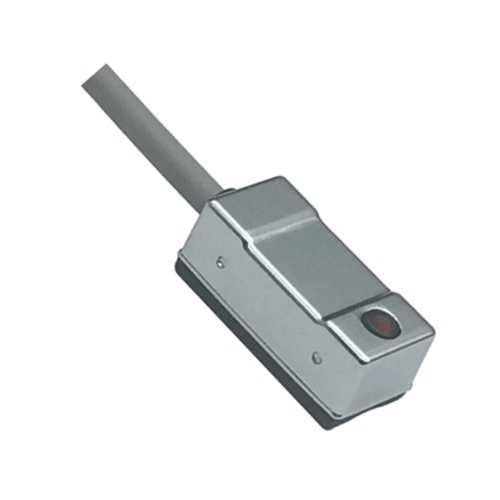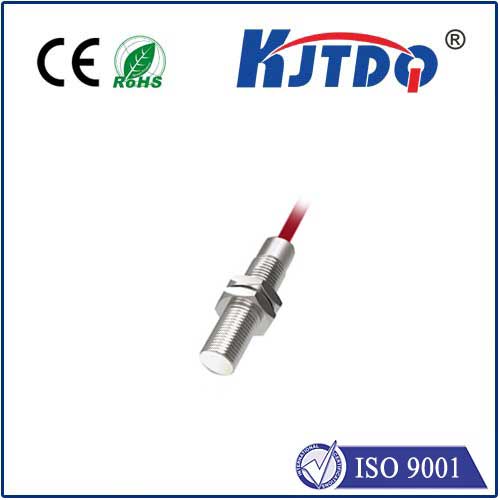
Проверка

Проверка

Проверка

Проверка

Проверка

Проверка
Ever wondered why your phone screen dims automatically when you walk into a dimly lit room? Or how your phone instantly turns off the display when held to your ear during a call? This seemingly effortless magic isn’t sorcery; it’s the sophisticated interplay of two tiny, often overlooked components: the Ambient Light Sensor (ALS) and the датчик приближения. These unsung heroes work tirelessly behind the scenes, significantly enhancing usability, efficiency, and comfort in our daily interactions with smartphones, tablets, e-readers, laptops, and countless other smart devices.
Decoding the Ambient Light Sensor: Your Device’s Perception of Brightness
Fundamentally, an Ambient Light Sensor acts as the “eyes” of your device regarding environmental lighting. Its primary function is to measure the intensity of visible light falling upon the device. Measured in lux units, this data provides a quantitative understanding of whether the device is in direct sunlight, a well-lit office, a dim restaurant, or pitch darkness.
Why is this crucial? The key application is automatic screen brightness adjustment:
Beyond screen brightness, ALS data can sometimes inform other features, like automatically switching to a dark mode theme at night or adjusting HDR settings in cameras.

The Proximity Sensor: Detecting What’s Close
While the ALS looks at light, the датчик приближения is all about detecting the presence (or absence) of nearby objects, typically within a few centimeters. Most commonly, it employs an infrared (IR) LED to emit an invisible beam and an IR photodiode to detect the reflected light. If an object is close enough, it reflects the IR light back to the sensor, triggering a “near” state.
The most iconic application? Phone Calls. When you raise your phone to your ear, the proximity sensor detects your head and:
Its utility extends further:
Synergy: Where ALS and Proximity Sensor Unite
These sensors rarely work in complete isolation. Their data is often combined intelligently by the device’s software to deliver a seamless and context-aware experience:
Beyond the Phone: Widespread Applications
The tandem of ALS and proximity sensing is fundamental to modern smart devices:
The Intangible Impact
While physically small, the impact of these sensors is immense. They allow our devices to perceive and react to their immediate physical environment. This contextual awareness transforms clunky manual adjustments into effortless, adaptive experiences. They make our interactions smoother, extending battery life and protecting our eyesight, often without us consciously noticing their operation. They are a cornerstone of the seamless, intuitive user experience we expect from modern smart technology.
Next time your screen gently dims as the sun sets, or your display instantly turns black when you answer a call, remember the sophisticated dance happening between the ambient light and proximity sensors - the silent, efficient conductors orchestrating a vital part of your device’s interaction with the real world.









